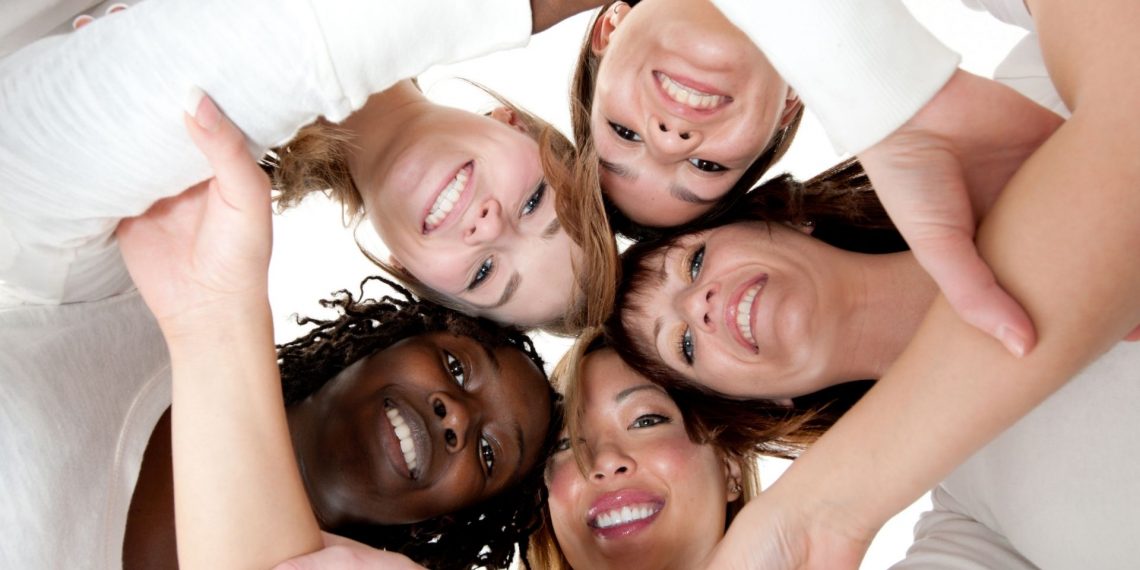One of the most unfortunate things about women who leave the United States prison is that they are immediately forgotten and abandoned. According to the California Wellness Foundation, it was found that 1.9 million women are released from jails and prisons every year, 80% of them are mothers who are also the primary caretakers of their children, and 27% of these formerly incarcerated people tend to be unemployed at a rate which is worse than the Great Depression.
Susan Burton from A New Way of Life has even said, “Well, it’s striking to me how we can spend $75,000 a year to lock a woman like me up, and then we send her back to the community with $200, no ID, no Social Security card, nowhere to live and expect her to make it. It’s impossible.”
So what do these formerly incarcerated women need? The ideal person who can answer this question is none other than Jamila Davis herself – a highly acclaimed African American entrepreneur, educator, motivational speaker, author, and prison reform activist. She is also the co-founder of Women Over Incarcerated, CEO of Black Women’s Lives Matter, and the founder of the VIP Online Academy.
Earlier in her years while being in prison, she developed a self-help curriculum designed to enable incarcerated women to heal, recognize their potential and have the willpower to achieve their life goals. And eventually, this curriculum was adopted by many other prison systems throughout the United States.
As someone who had her own share of troubles when transitioning back to society, here are a few things she has shared in hopes that the public can make use of them and help other women like her.
Identifying Critical Reentry Requirements
The needs of women who are reentering society tend to be different from men due to different experiences and access to resources.
Individuals who are working with these women should be able to understand their needs and are ready to assist with their transition. As such, an effective reentry plan must be trauma-informed, individualized, and strengths-based. Some of the things that need to be addressed in the reentry plans are transportation, housing, clothing, employment, education, identification, and various racial and ethnic factors.
Figuring Out Solutions For Substance Use Disorders
One of the most common things among incarcerated women is substance use disorders. However, these numbers are continuing to decrease due to certain reasons such as pregnancy and mental health issues.
However, the pace of these numbers decreasing is very slow, and there is a dire need to engage these people with the right substance use treatment and services during and after their incarceration while simultaneously supporting them throughout the whole process.
Connecting With Mental Health Care Services
Many people do not realize this, but incarcerated women tend to have a higher rate of mental disorders than incarcerated men and non-incarcerated women. Often, they would need a complex treatment to deal with co-occurring mental and substance use disorders.
Women with mental disorders need to receive proper treatments and services while keeping track of their previous records and assessments. They need to have scheduled appointments for meeting up with a mental health treatment provider and ensure that their services are provided on time alongside the medications needed for the treatments.


